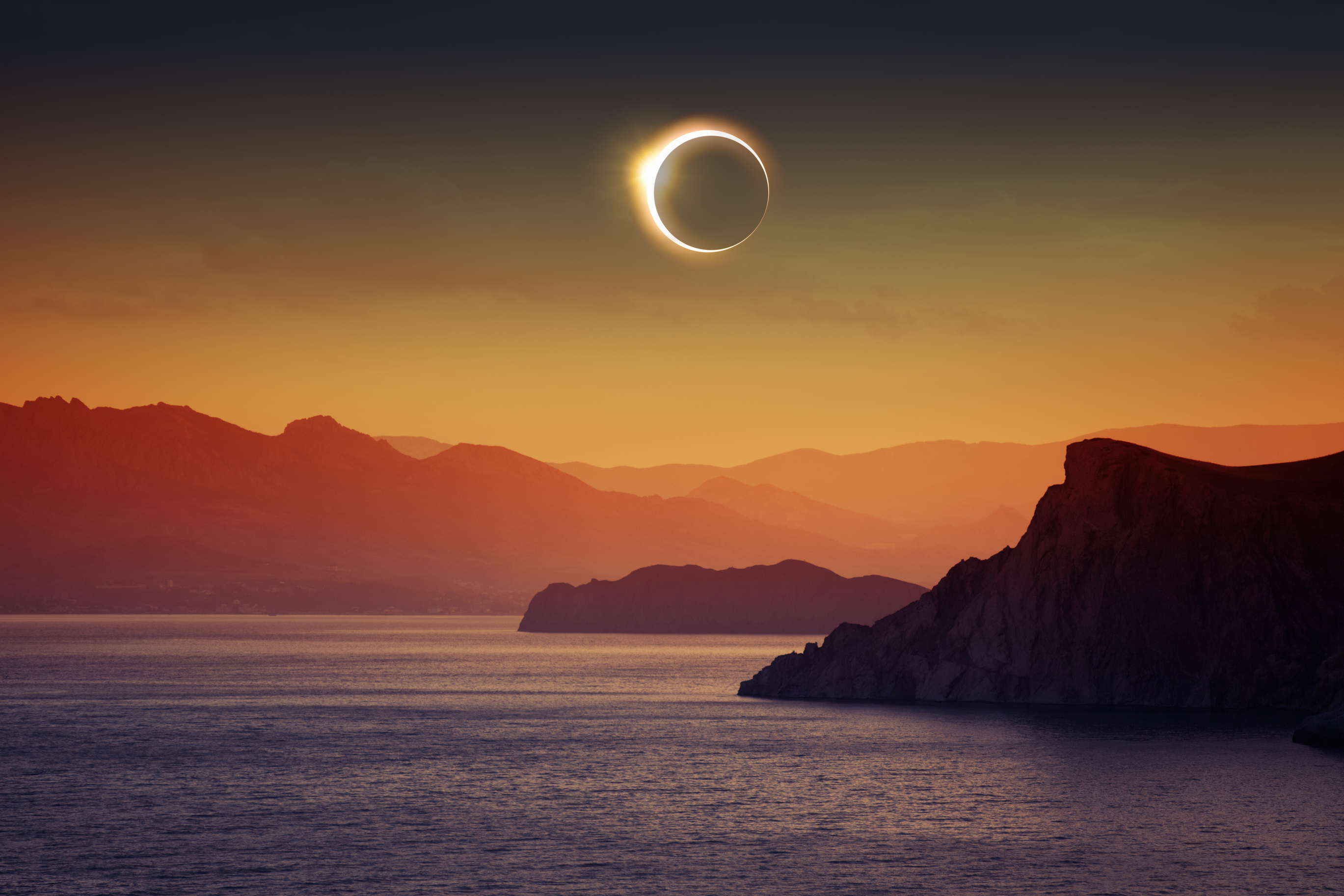Amateurs, Experts Tap Inner Galileo for Eclipse

Later this month drivers will notice the sky darken as a solar eclipse takes place across North America. It’s a big deal. Largely because much of the United States will experience it and it hasn’t occurred in nearly a century.
“The hair on the back of your neck is going to stand up and you are going to feel different things as the eclipse reaches totality,” said Brian Carlstrom, Deputy Associate Director of the National Park Service Natural Resource Stewardship and Science Directorate. “It’s been described as peaceful, spiritual, exhilarating, shocking. If you’re feeling these things, don’t worry, you’re experiencing the total eclipse of the sun.”
This is a total solar eclipse, which means the corona--the sun’s atmosphere--will be completely covered by the moon. This will turn day into night and for nearly three minutes. Bright stars and planets will become visible as well.
People from Salem, Oregon to Charleston, South Carolina will be able to see the full eclipse, which with drape a 70-mile wide swath of the country from coast to coast. The path cuts northwest to southeast and the solar eclipse will take place in the morning.
Eclipses have long fascinated both professional and amateur astronomers. Urban legend claims Galileo went blind observing an eclipse, but that notion has been thoroughly debunked by historians. What remains true is that Galileo was the first person to use a telescope for astronomical observations.
NASA is taking the opportunity to reinforce safe viewing habits Looking directly at the sun is unsafe. However, during the brief total phase of a solar eclipse (“totality”), when the moon entirely blocks the sun’s bright face, the naked eye can observe the event. However, this will only happen for a few minutes within the narrow path of totality, which most states aren’t located in this time around.
NASA offers the following tips for safely viewing a solar eclipse:
-
The only safe way to look directly at the uneclipsed or partially eclipsed sun is through special-purpose solar filters, such as “eclipse glasses” or hand-held solar viewers. Homemade filters or ordinary sunglasses, even very dark ones, are not safe for looking at the sun.
-
Four manufacturers have certified that their eclipse glasses and handheld solar viewers meet the ISO 12312-2 international standard for such products: Rainbow Symphony, American Paper Optics, Thousand Oaks Optical, and TSE 17.
-
Always inspect your solar filter before use. Discard if it is scratched or damaged. Read and follow any instructions printed on or packaged with the filter. Always supervise children using solar filters.
-
Stand still and cover your eyes with your eclipse glasses or solar viewer before looking up at the bright sun. After glancing at the sun, turn away and remove your filter — do not remove it while looking at the sun.
-
Do not look at the uneclipsed or partially eclipsed sun through an unfiltered camera, telescope, binoculars, or other optical device.
-
Do not look at the sun through a camera, a telescope, binoculars, or any other optical device while using your eclipse glasses or hand-held solar viewer — the concentrated solar rays will damage the filter and enter your eye(s), causing serious injury.
-
Seek expert advice from an astronomer before using a solar filter with a camera, a telescope, binoculars, or any other optical device.
NASA has official viewing locations for the eclipse set up around the country. Here are some of the most notable.
Oregon
• State Fair Grounds/Oregon Museum of Science and Industry
2330 17th St. NE Salem, OR 97301
•NASA Education booth at Oregon Solar Fest at Jefferson County Fairgrounds
430 Fairgrounds Rd Madras, OR 497741
Idaho
•Museum of Idaho
200 N Eastern Ave, Idaho Falls ID, 83402
•Valley of the Tetons Library
79 N Main Driggs, ID 83455
Wyoming
•Exploratorium
2033 W 42nd St, Casper, WY 82604
Nebraska
•Homestead Monument of America
8523 West State Highway 4, Beatrice, NE 68310
Missouri
•State Capitol
201 W Capitol Ave, Jefferson City, MO 65101
Illinois
•Southern Illinois University Carbondale (NASA EDGE)
1263 Lincoln DR. Carbondale, IL 62901
Kentucky
•Summer Salute Festival
E 9th St. & S Main St. Hopkinsville, KY 42240
Tennessee
•Austin Peay State University and Environmental Education Center at the Observatory
601 College Street, Clarksville Tennessee, 37044
North Carolina
•Great Smoky Mountains National Park
1194 Newfound Gap RD Cherokee, NC 28719
South Carolina
•Fort Moultrie National Monument
1214 Middle St, Sullivan's Island, SC 29482